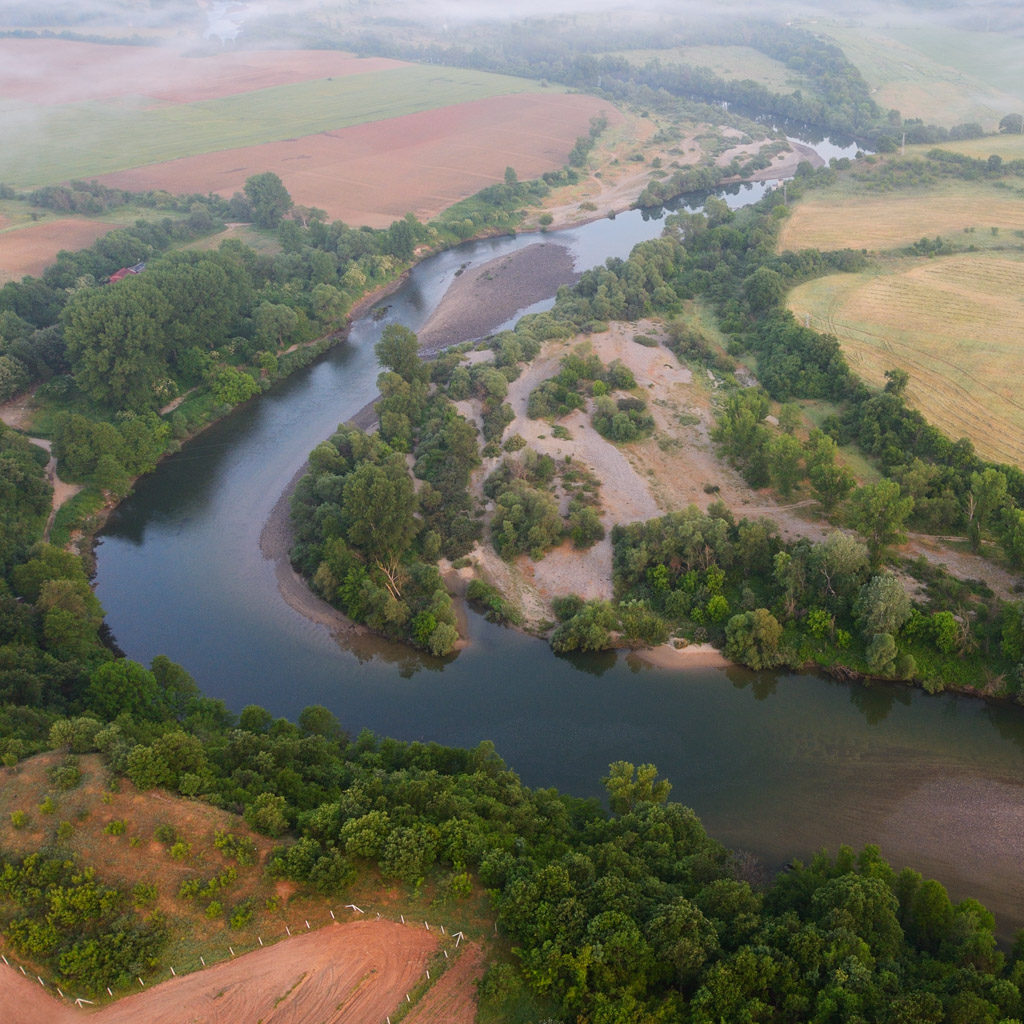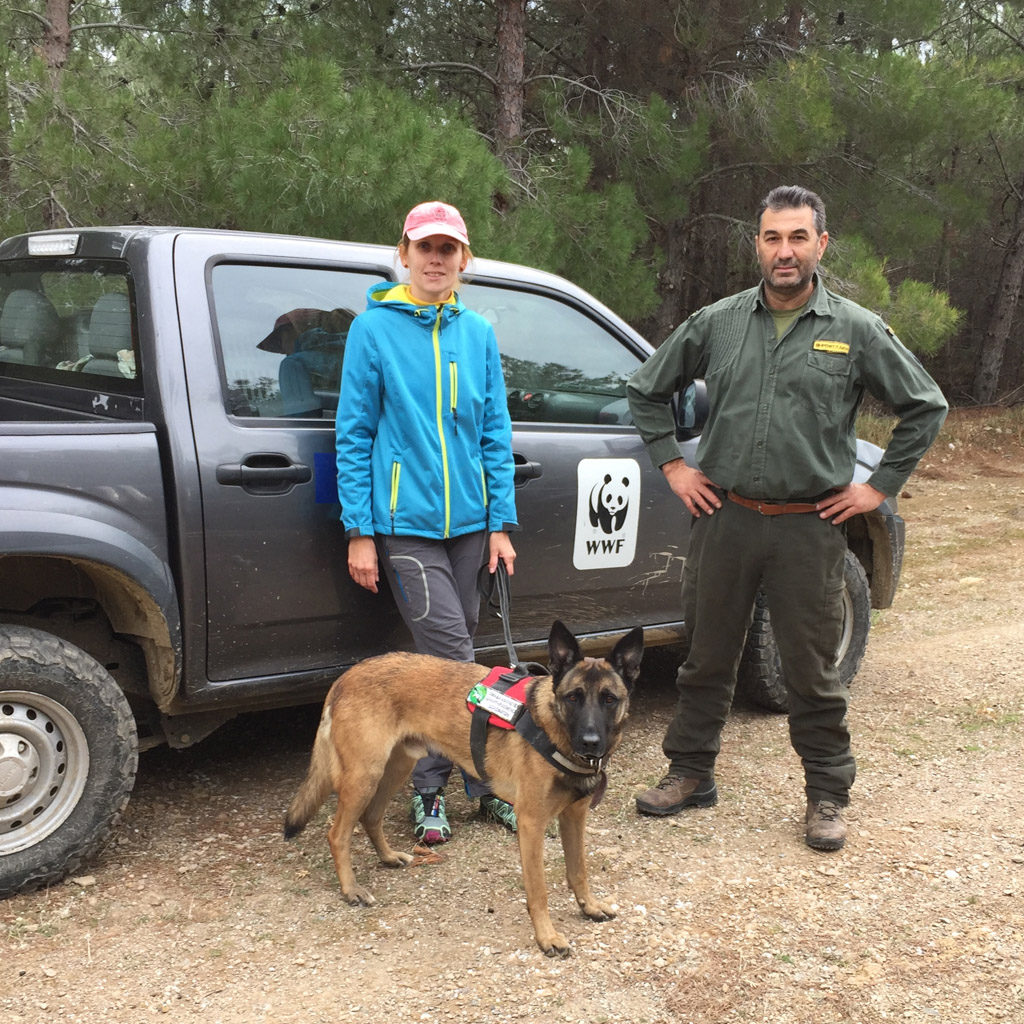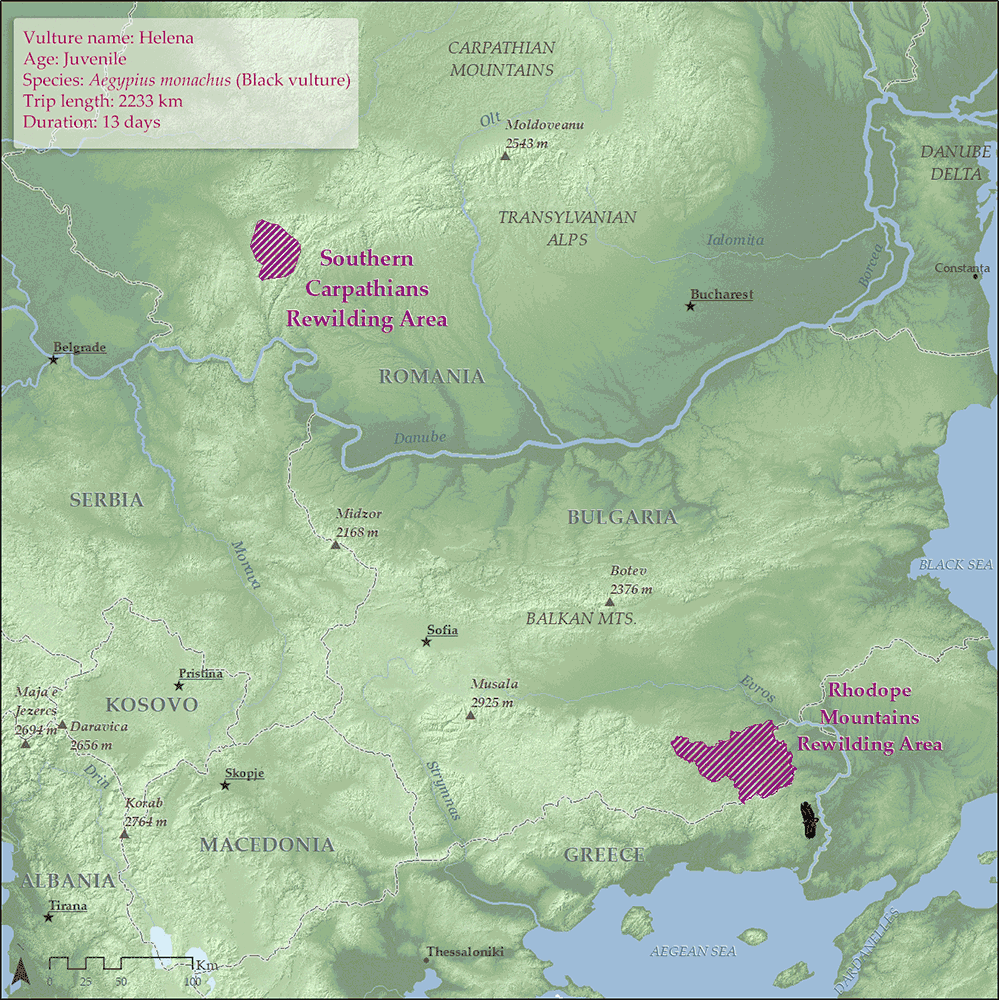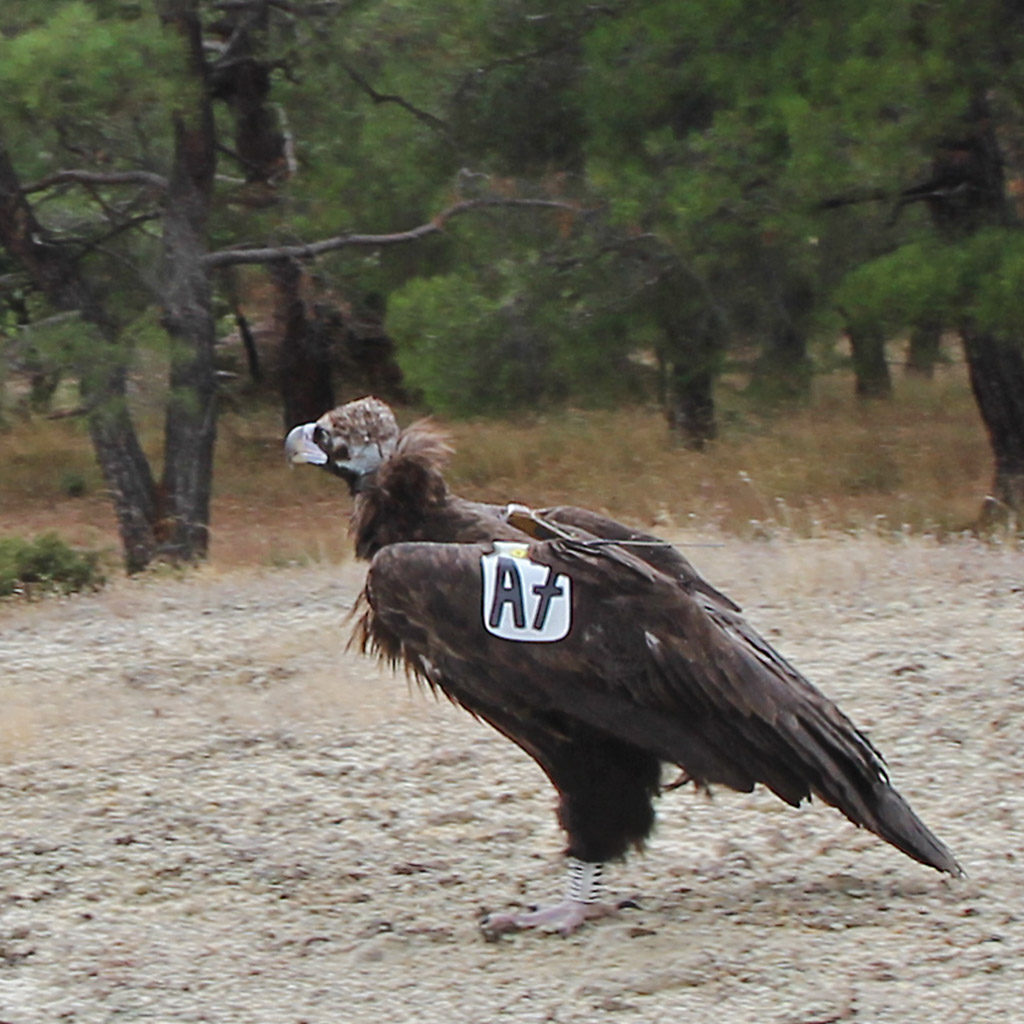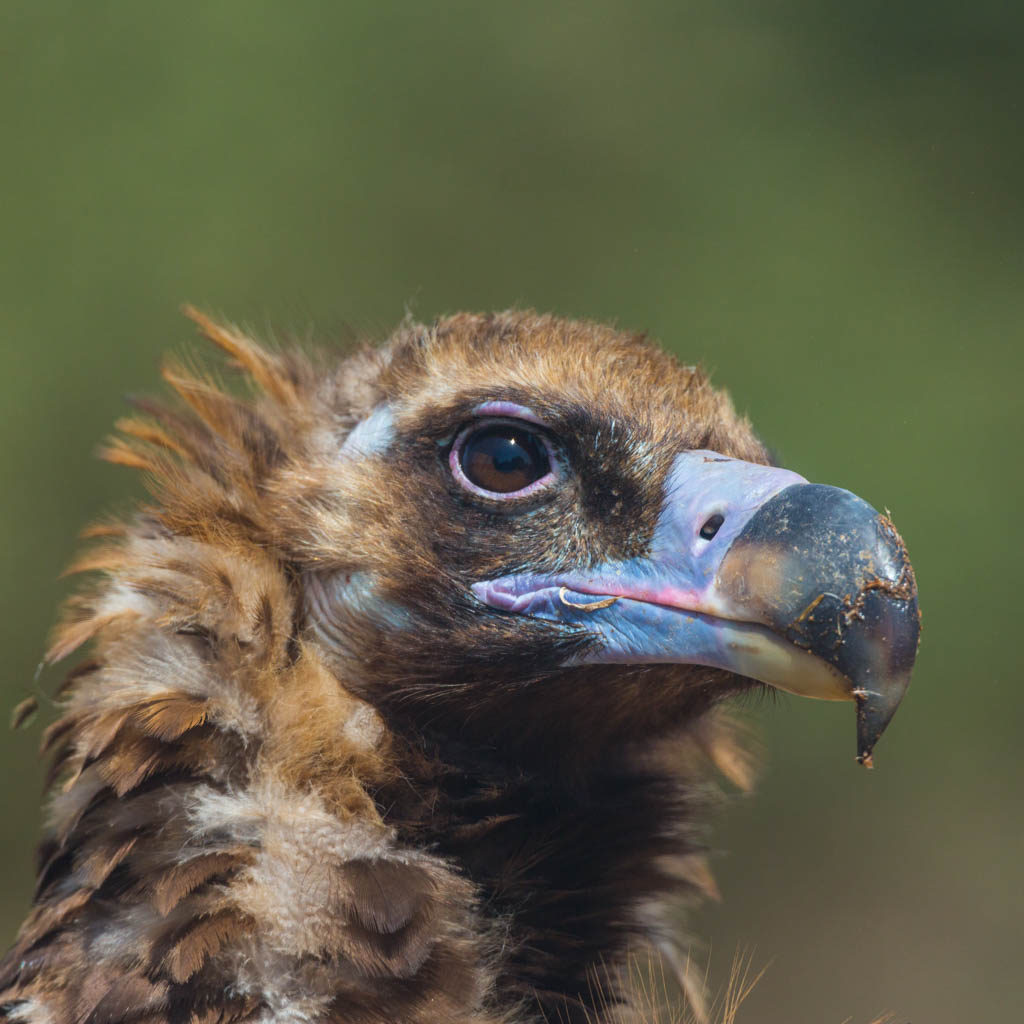Vultures in Rewilding Europe’s rewilding landscapes
Four species of vulture are found in Europe (griffon, cinereous, Egyptian and bearded). Three of these species are found in six of the rewilding landscapes where we work. The griffon vulture breeds in the Greater Côa Valley, Central Apennines, Iberian Highlands and Rhodope Mountains, while it regularly visits the Velebit Mountains from a nearby colony. The Rewilding Romania team are planning to reintroduce the species to the Southern Carpathians, following a 60-year absence in Romania.
The cinereous vulture breeds in the Rhodope Mountains and the Greater Côa Valley. The Rewilding Spain team are supporting its comeback in the Iberian Highlands with reintroductions, which are also planned in the Central Apennines. The Egyptian vulture still breeds in good numbers in the Greater Côa Valley, Iberian Highlands, and Rhodope Mountains, although these populations are struggling to remain stable.
Interestingly, a GPS-tagged cinereous vulture from the Greek section of the Rhodope Mountains (Dadia National Park) flew over our bison reintroduction area in the Southern Carpathians in Romania in 2017, indicating that dispersal movements are occurring more often than we might think.
It is clear that vulture species still need to (further) recover in all our areas; the Southern Carpathians is now devoid of breeding vultures but seems to have suitable habitat for at least cinereous and Egyptian vultures. But it will be many years and require enhanced protection measures before these species return naturally, or can even be reintroduced.
The cinereous vulture does not currently breed in the Bulgarian part of the Rhodope Mountains and will be the focus of our attention for the next few years through a planned reintroduction. Velebit Mountains could potentially see the return of both griffon and Egyptian vultures, and we are partnering with local specialists to make this a reality.


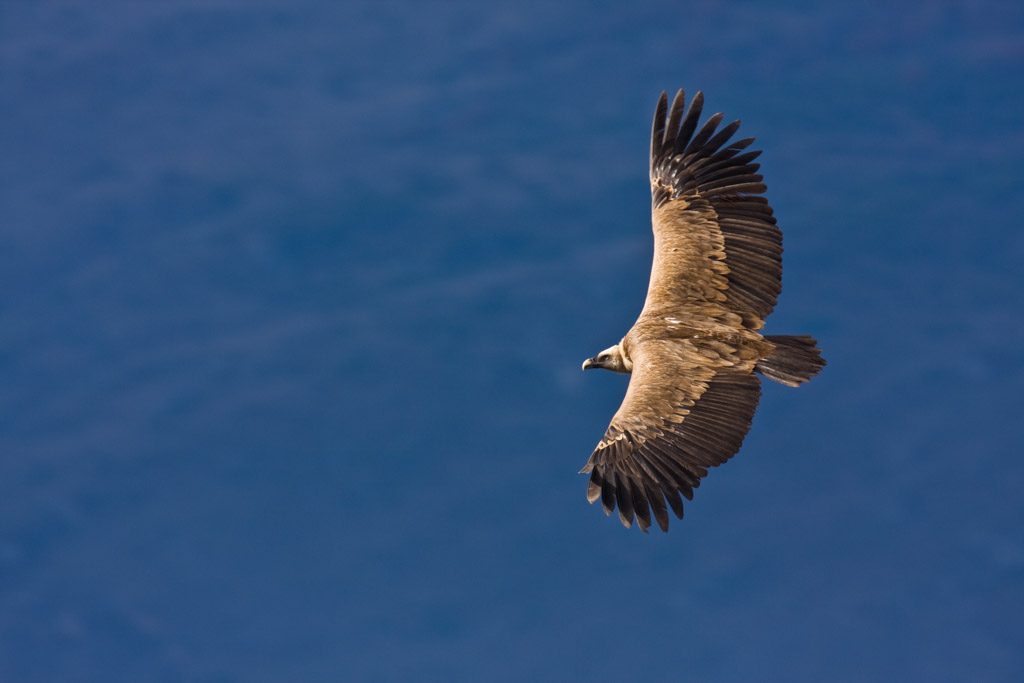
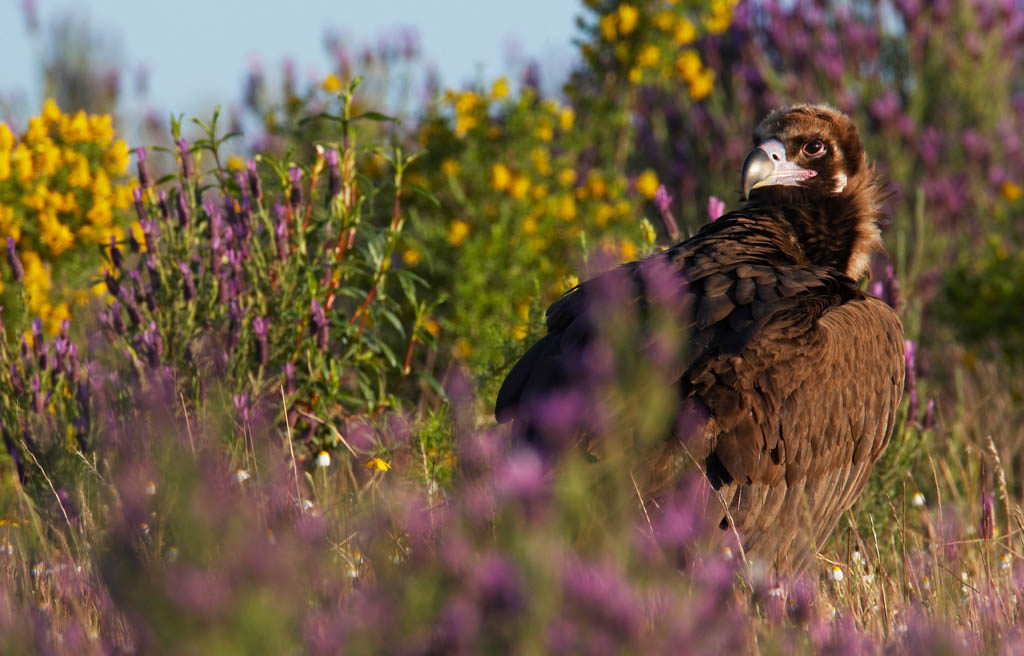
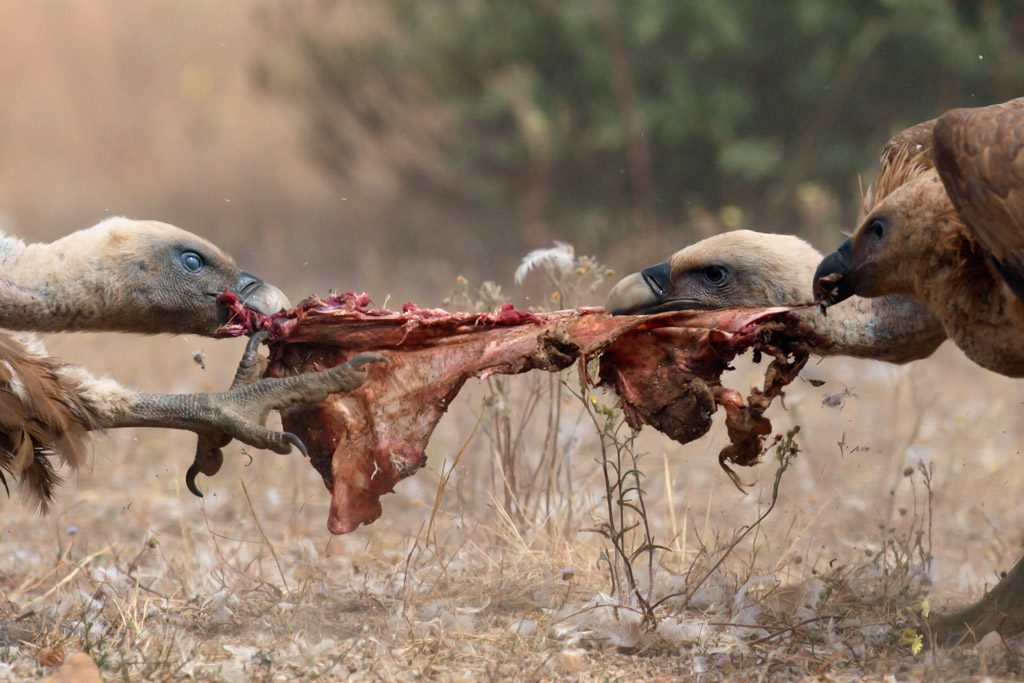

 ), only occur regularly (
), only occur regularly ( ) or occacionally (
) or occacionally ( ).
).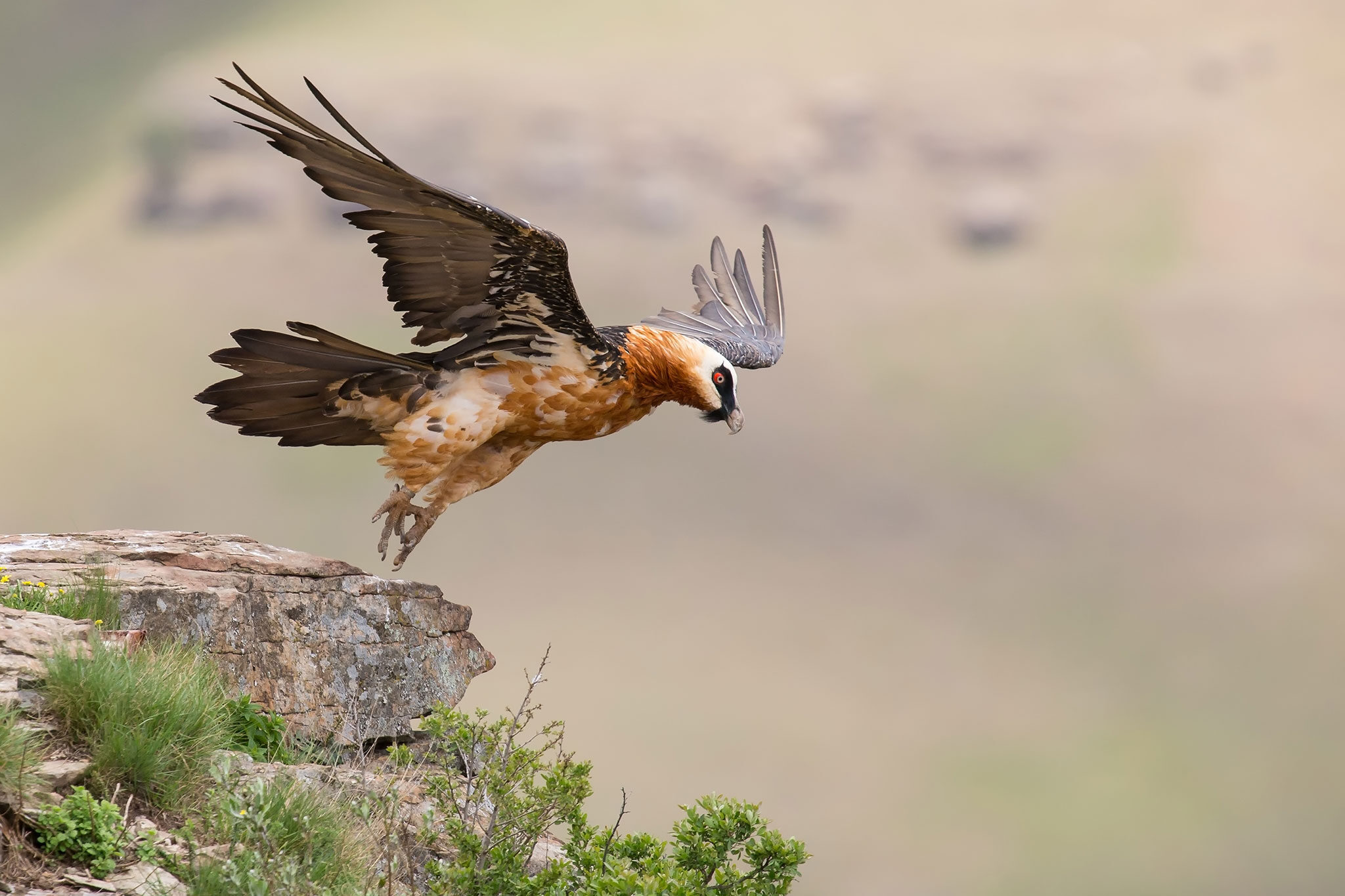
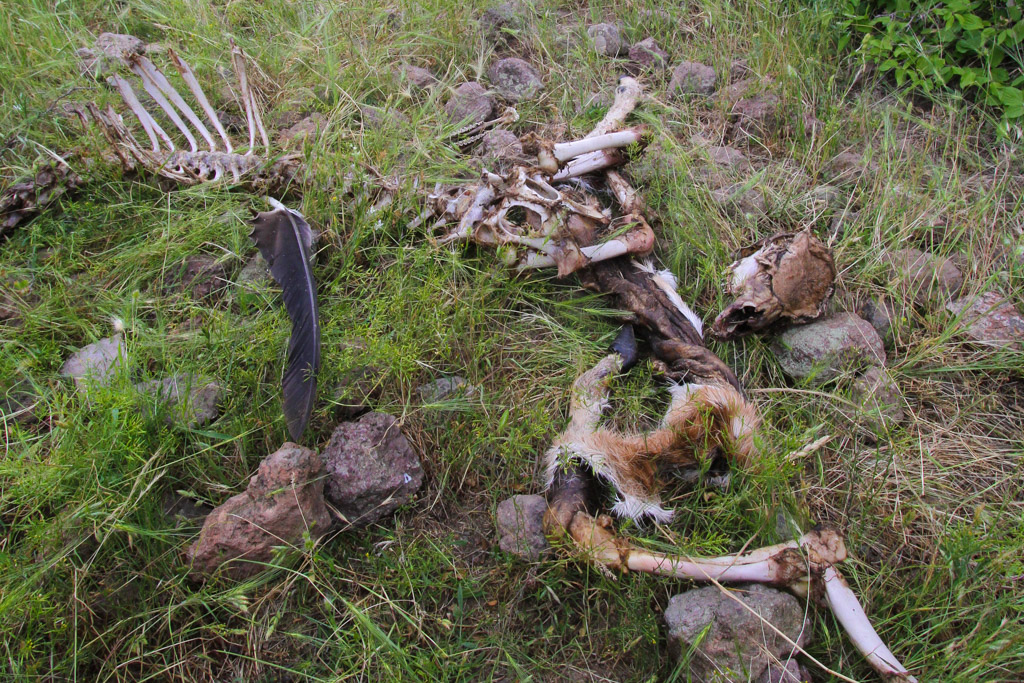
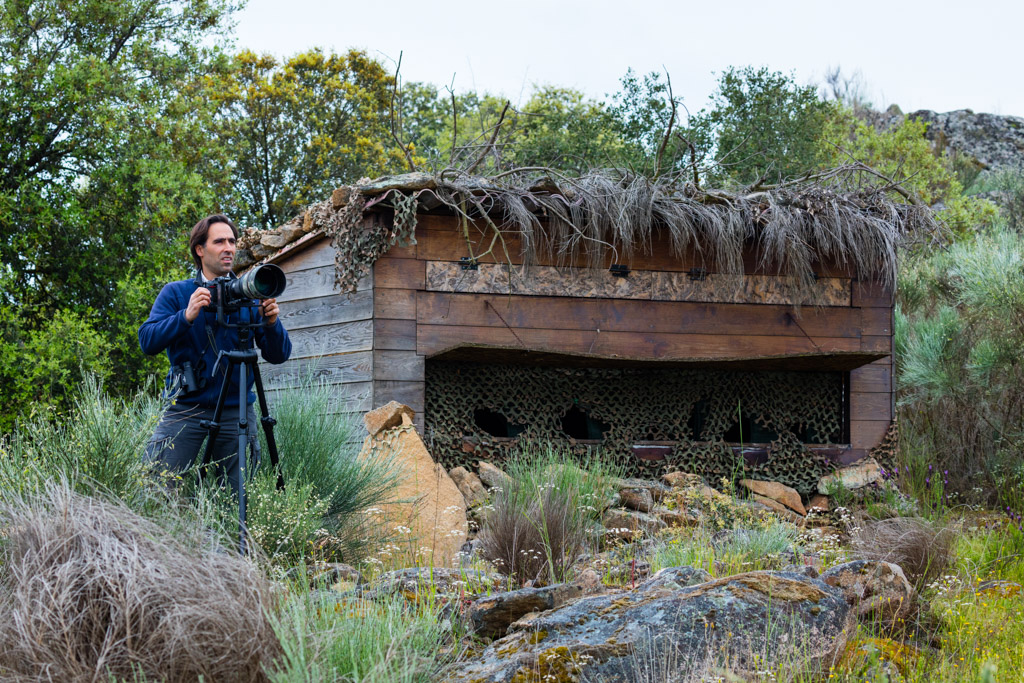 Supporting vulture watching and photography in dedicated hides, which enables local enterprises to generate income and create jobs. This benefits local communities and builds further support for rewilding.
Supporting vulture watching and photography in dedicated hides, which enables local enterprises to generate income and create jobs. This benefits local communities and builds further support for rewilding.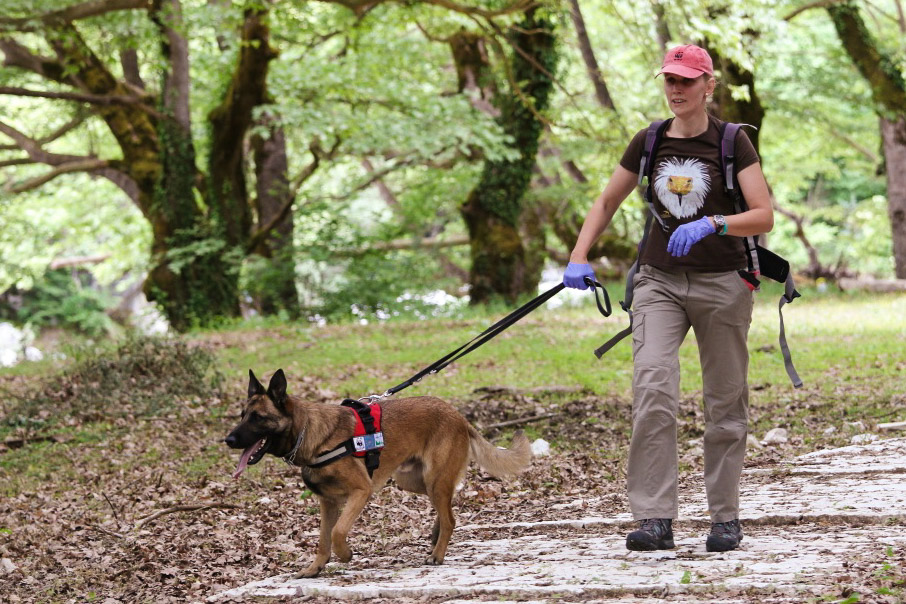 Supporting
Supporting 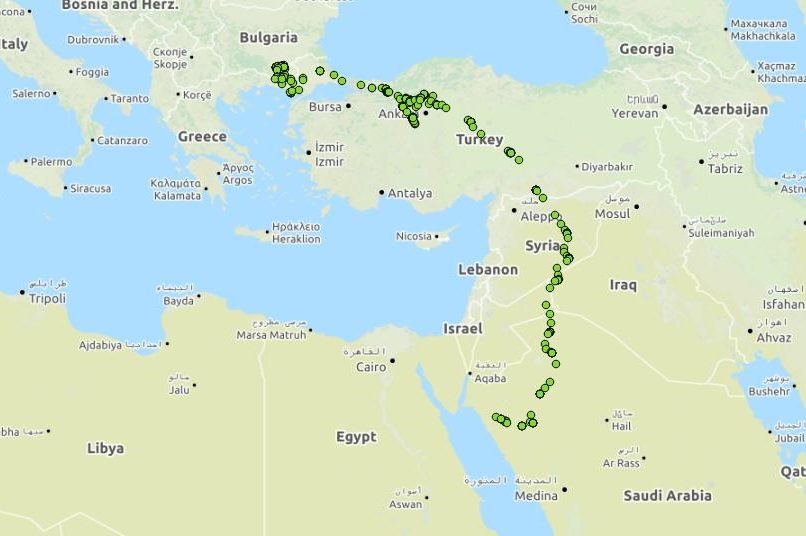 Researching the movement of cinereous and griffon vultures
Researching the movement of cinereous and griffon vultures 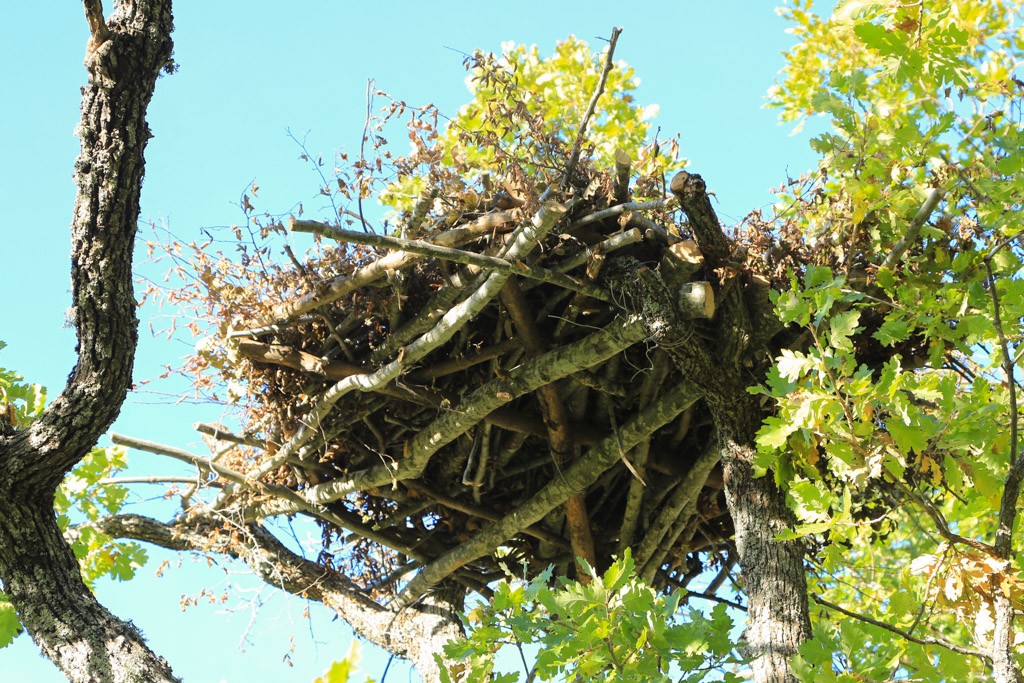 Encouraging cinereous vultures to start breeding again in Bulgaria’s Rhodope Mountains
Encouraging cinereous vultures to start breeding again in Bulgaria’s Rhodope Mountains 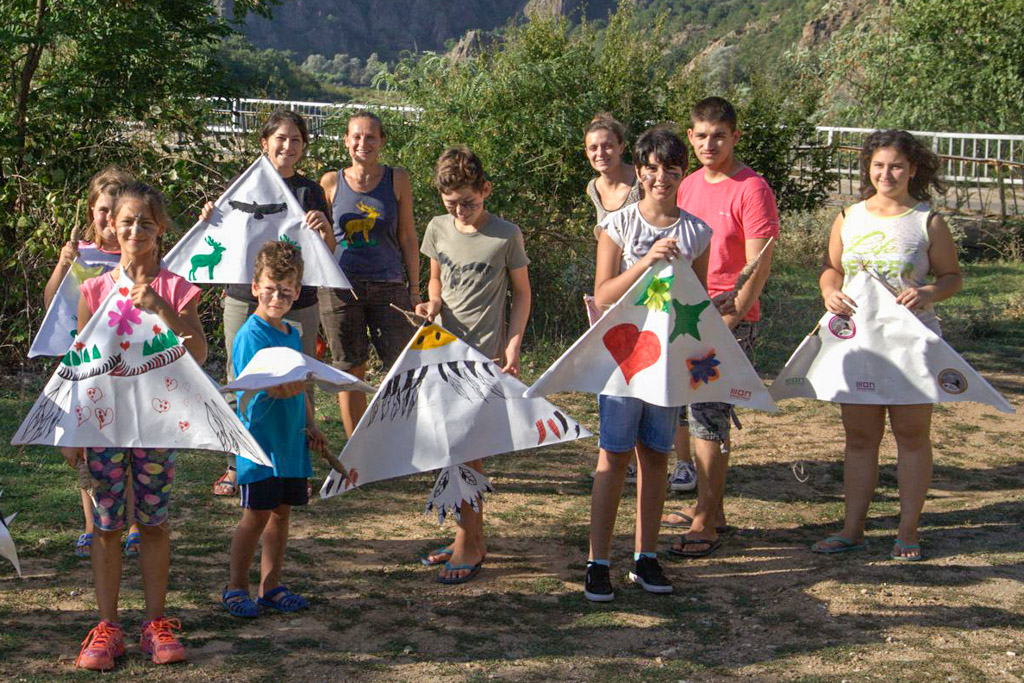 Educating school children by organising field camps and events focused on vultures, in particularly in the
Educating school children by organising field camps and events focused on vultures, in particularly in the 